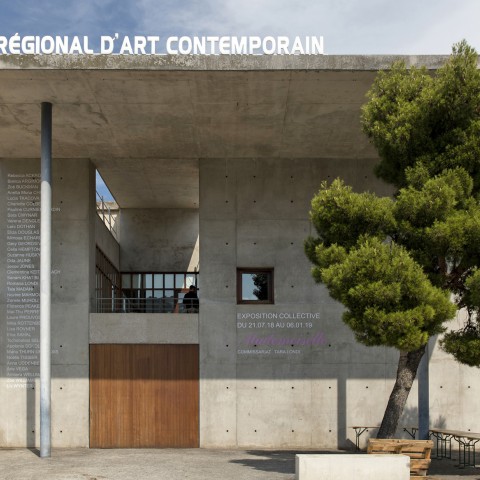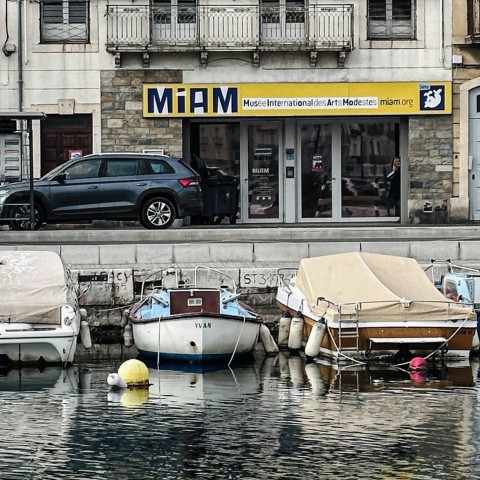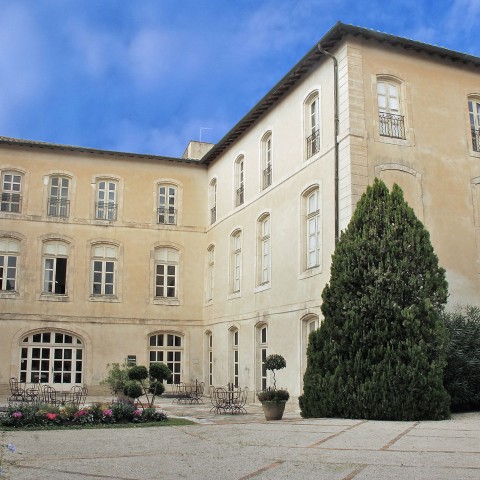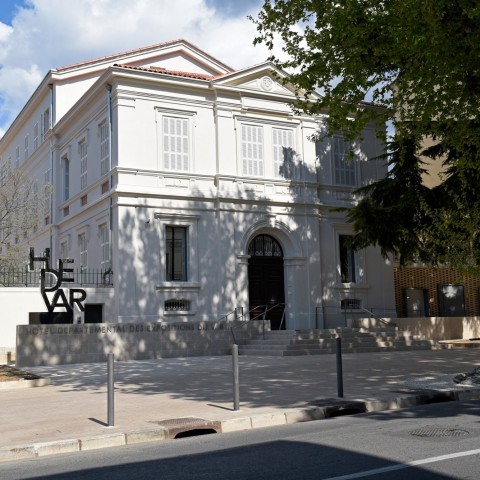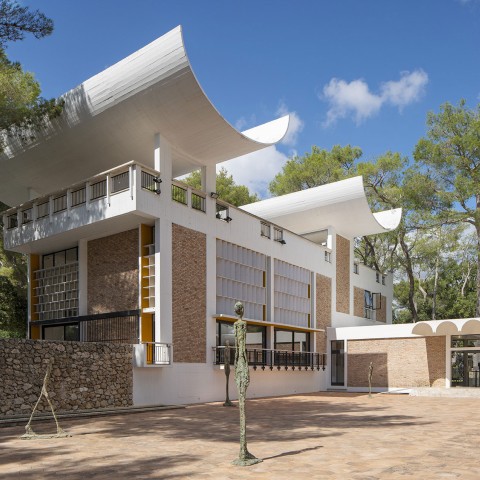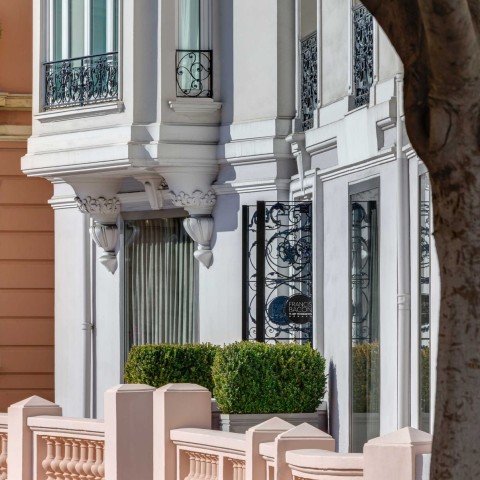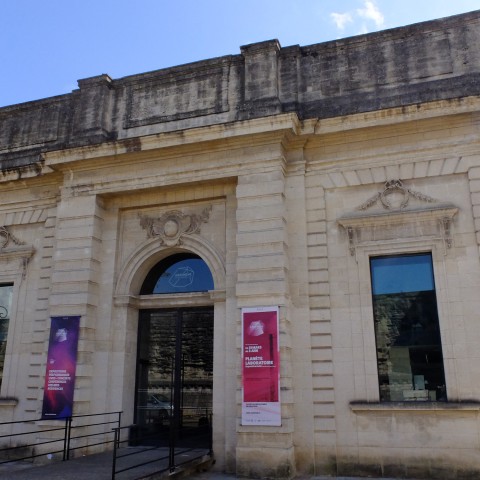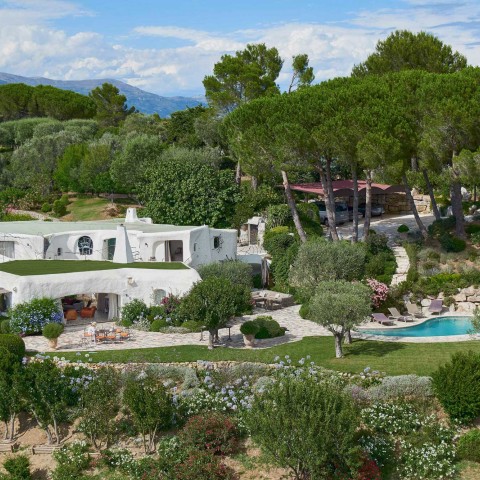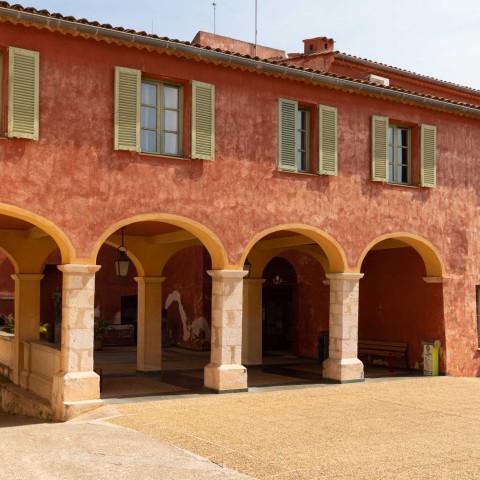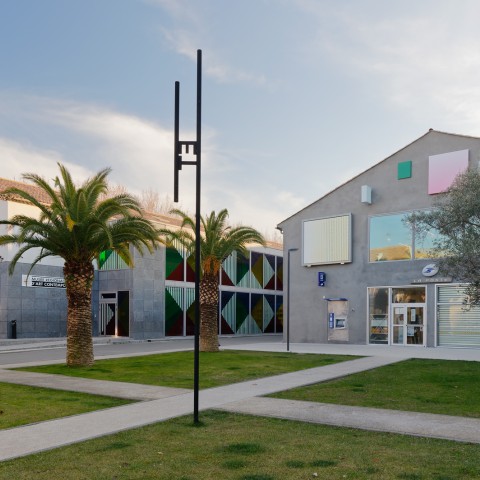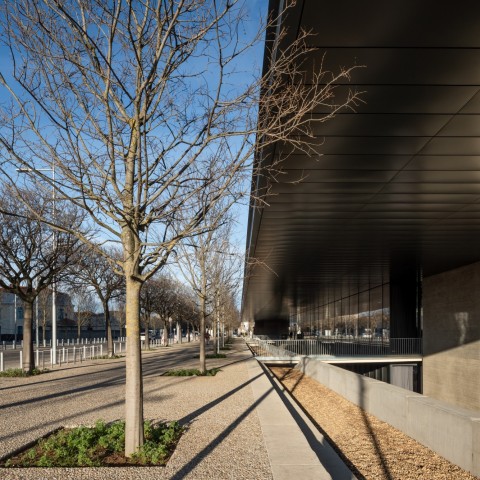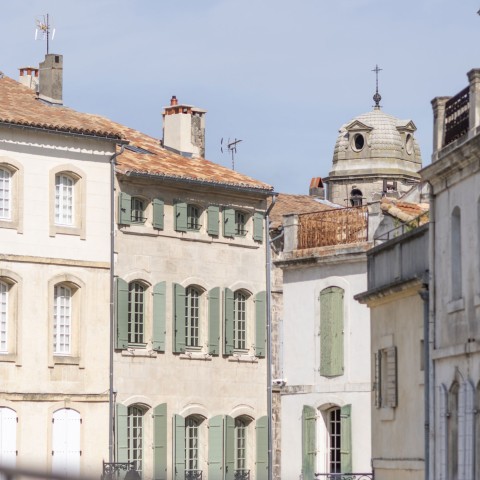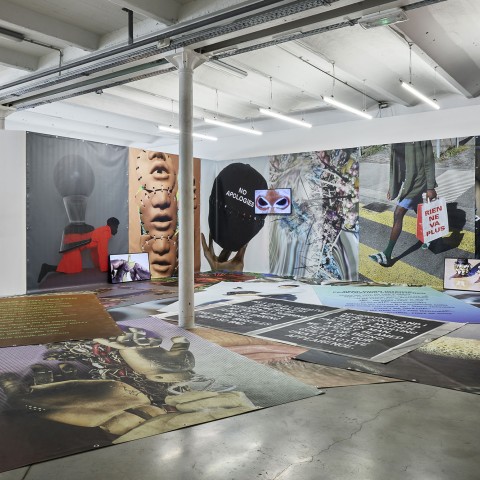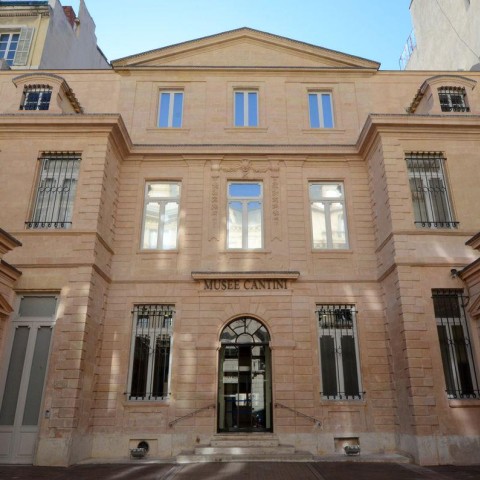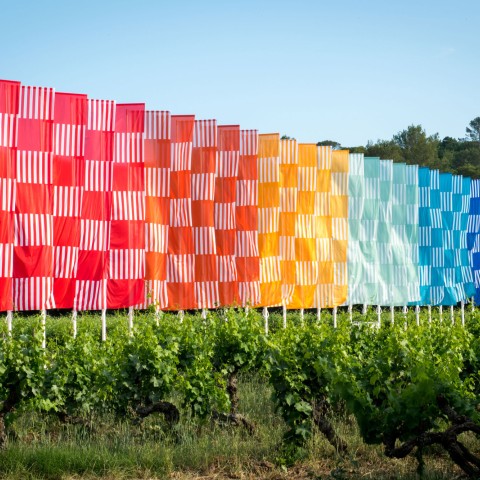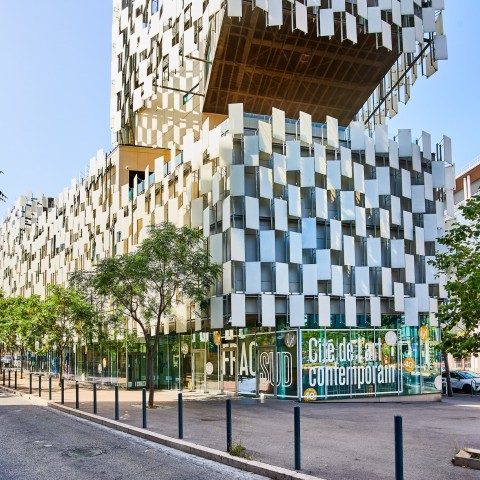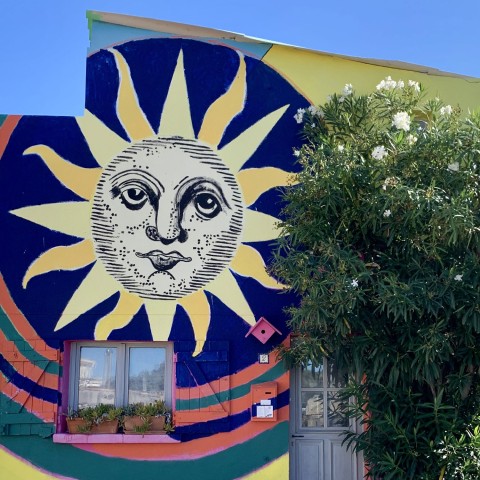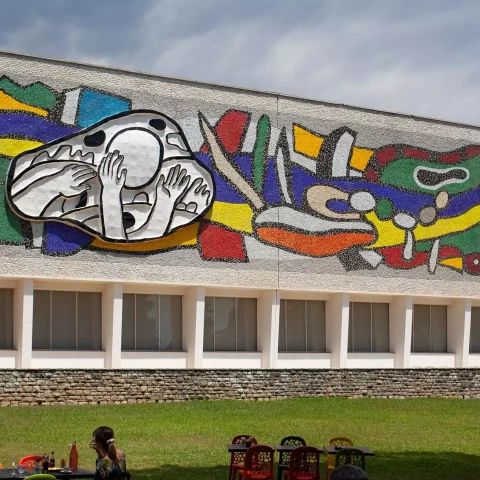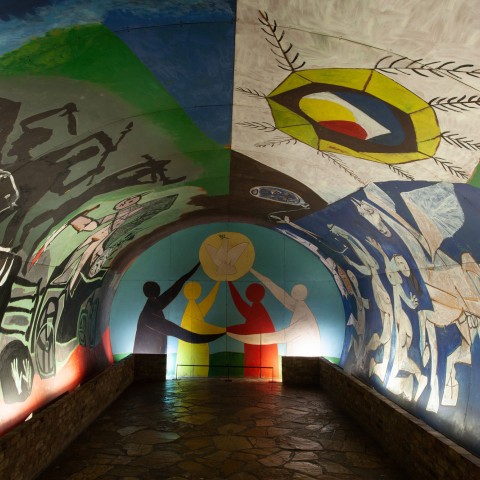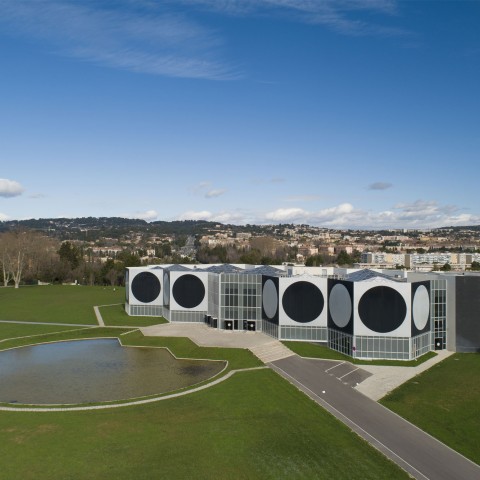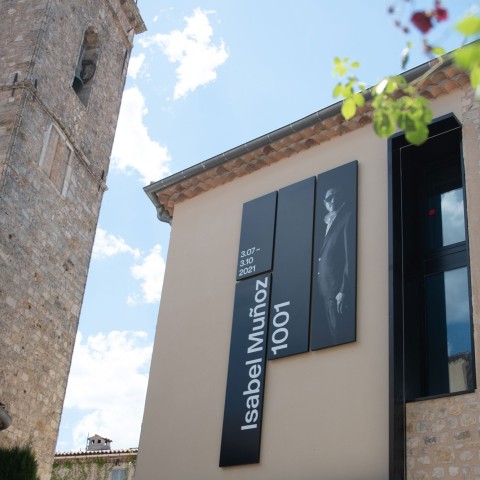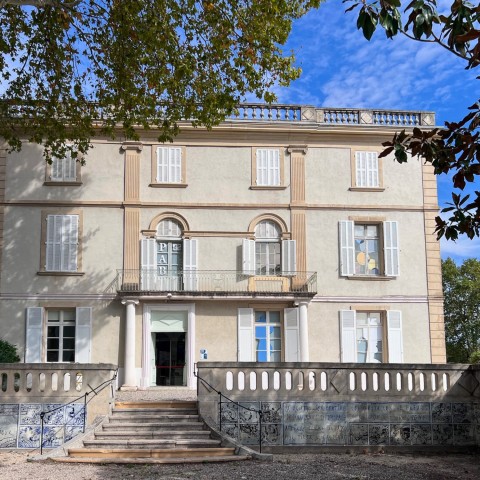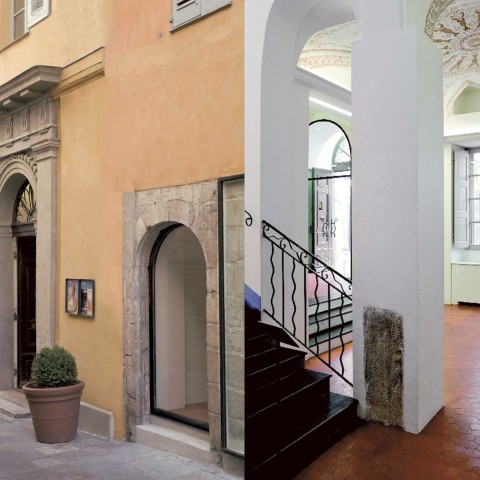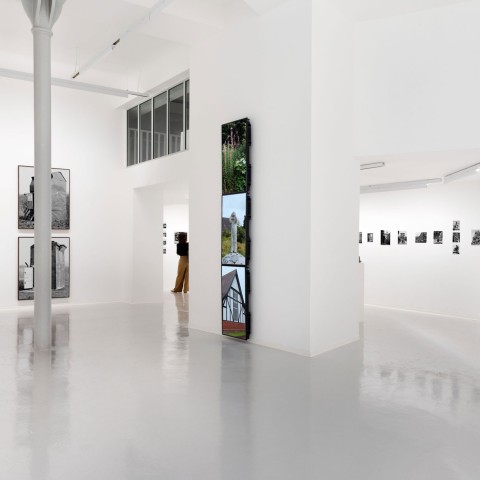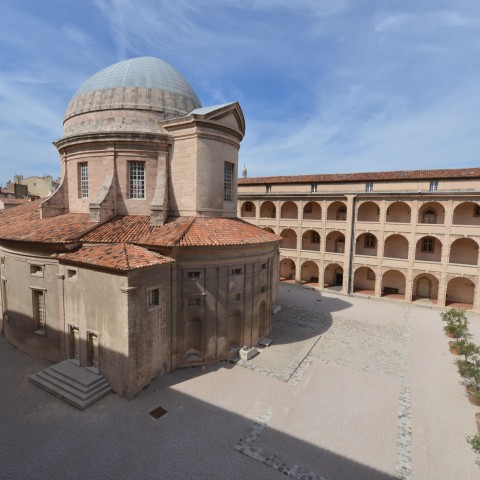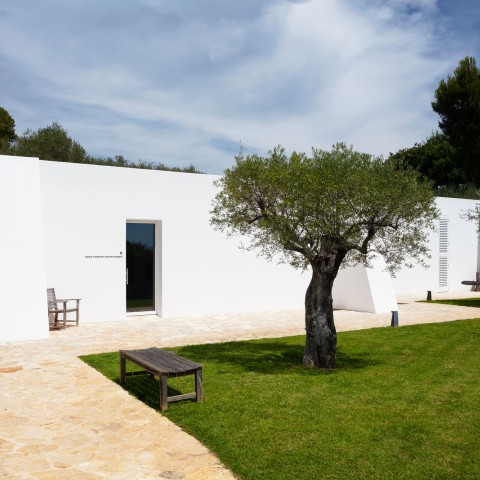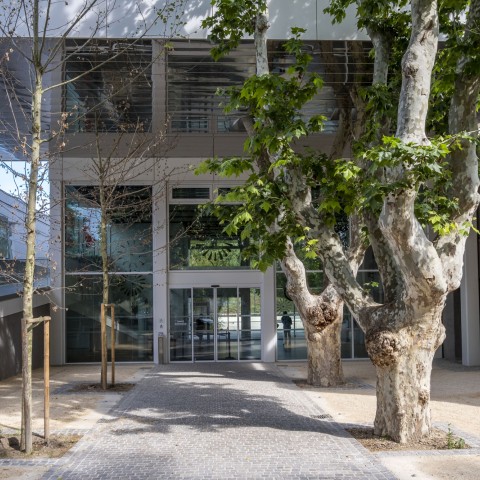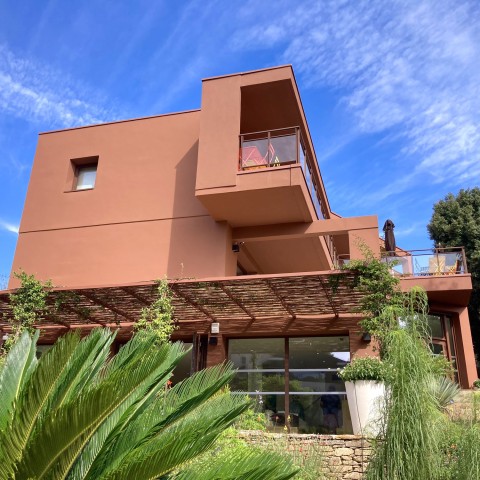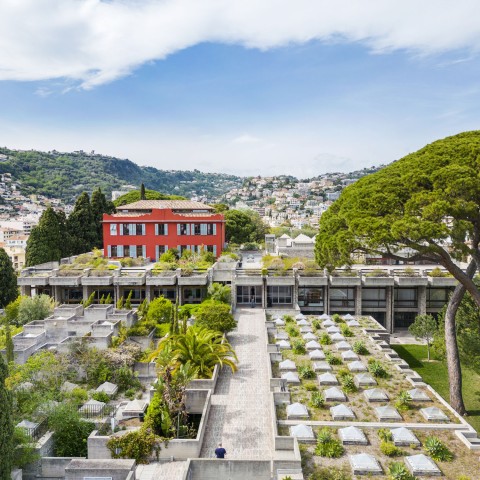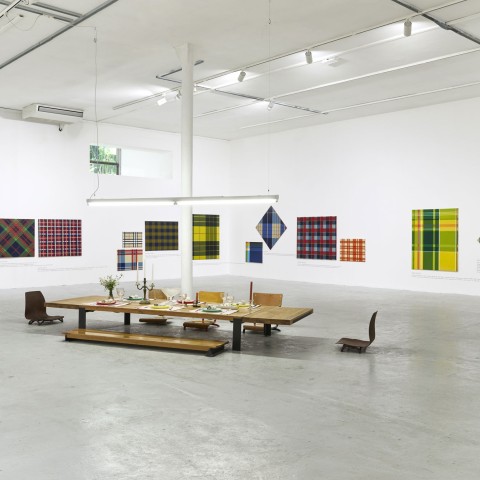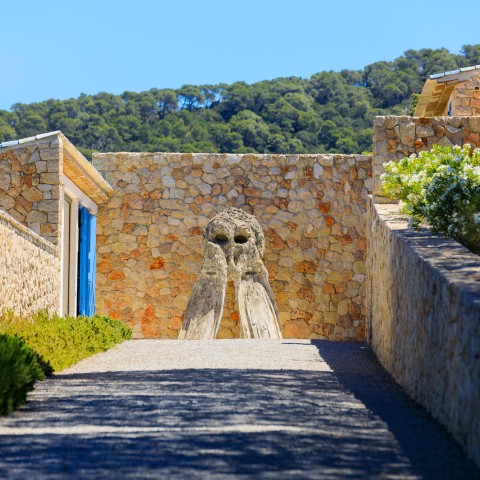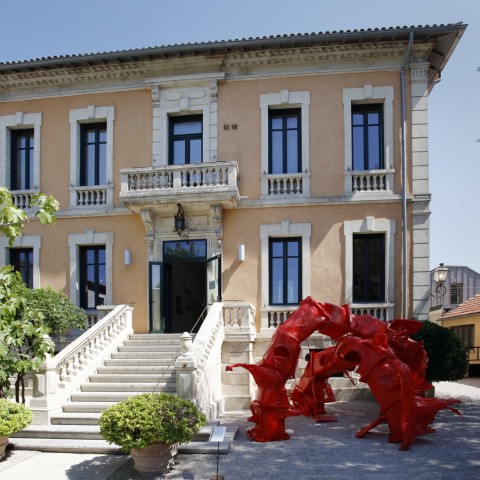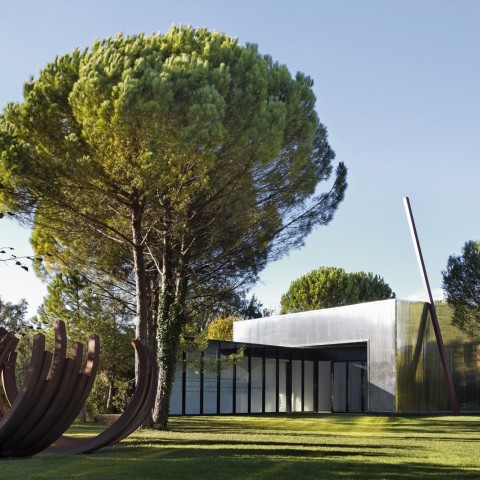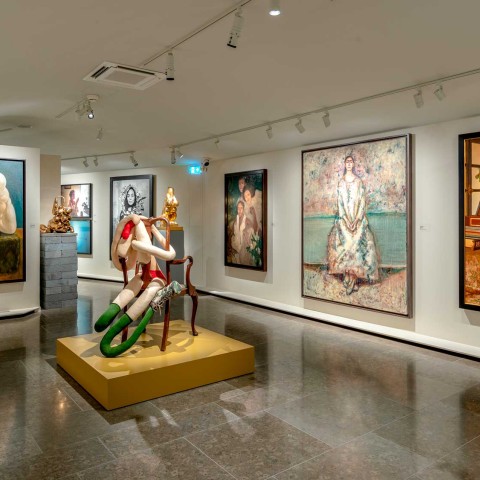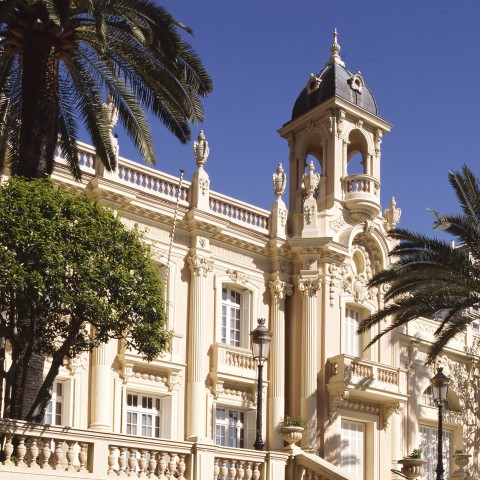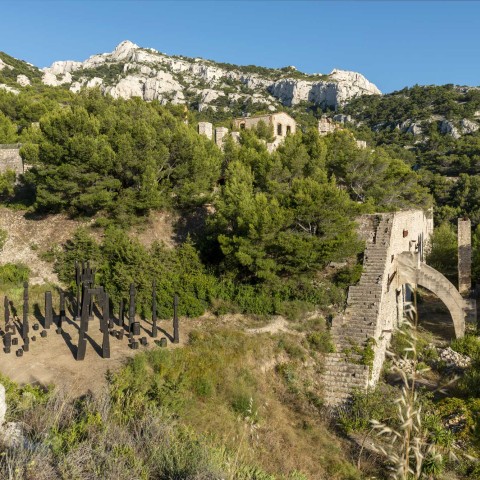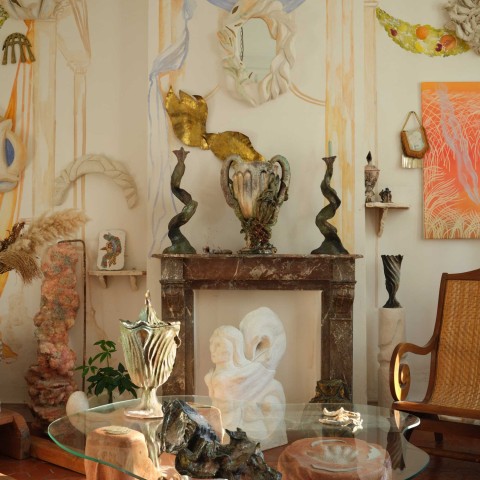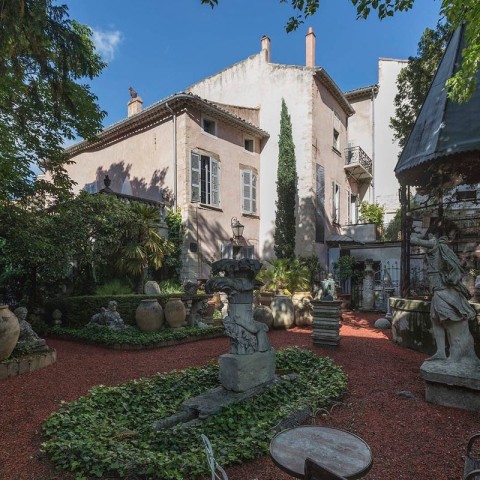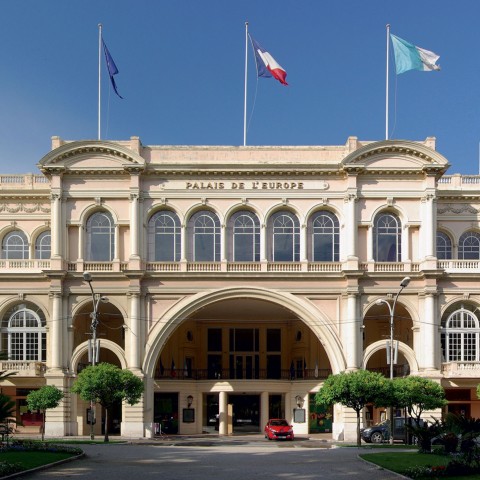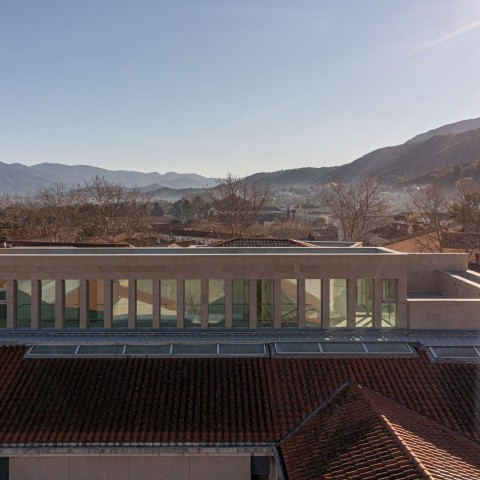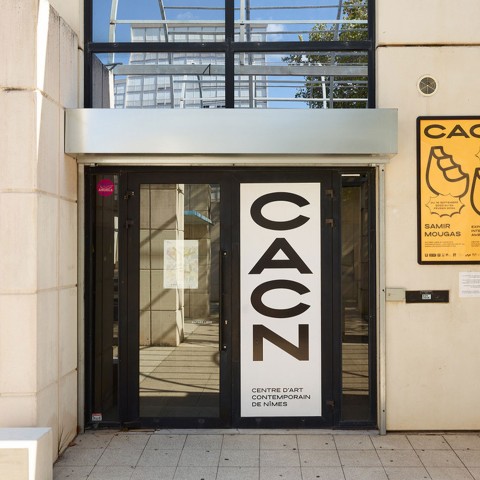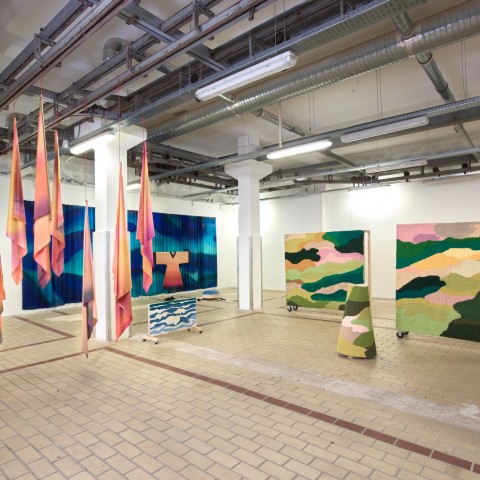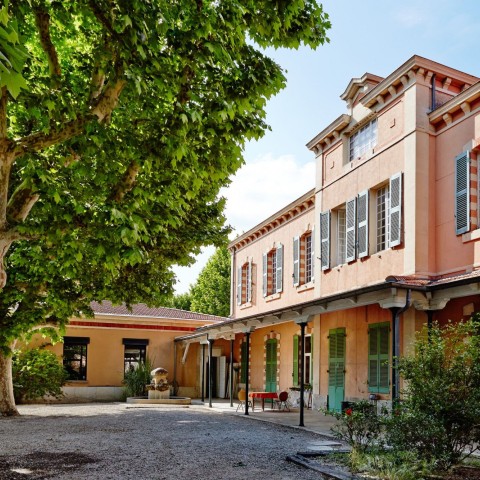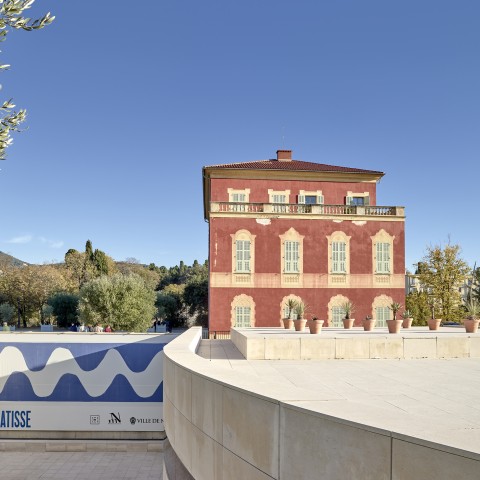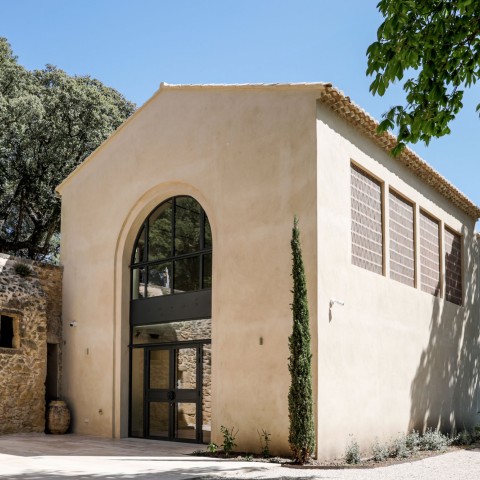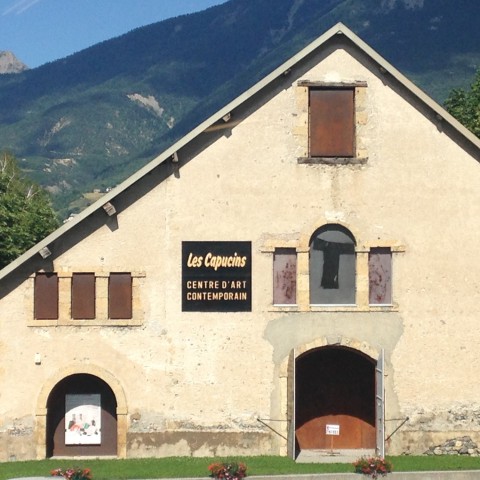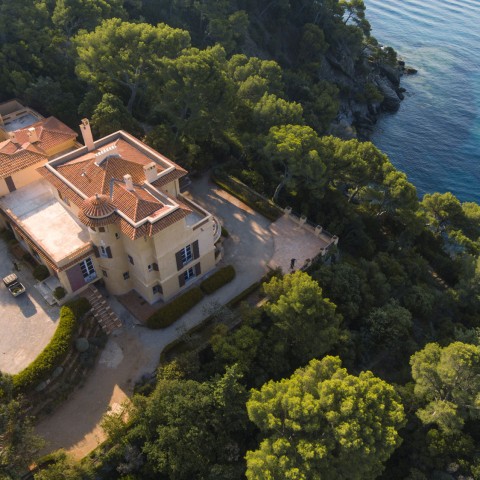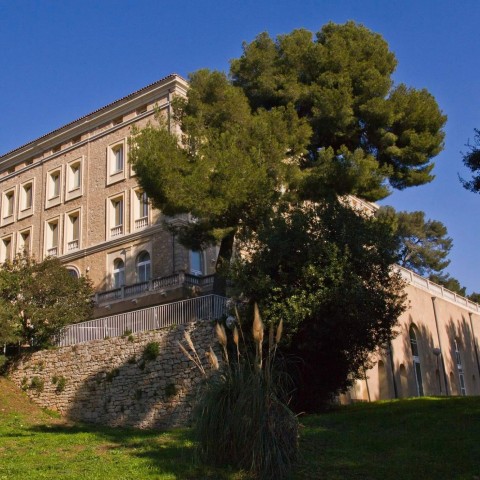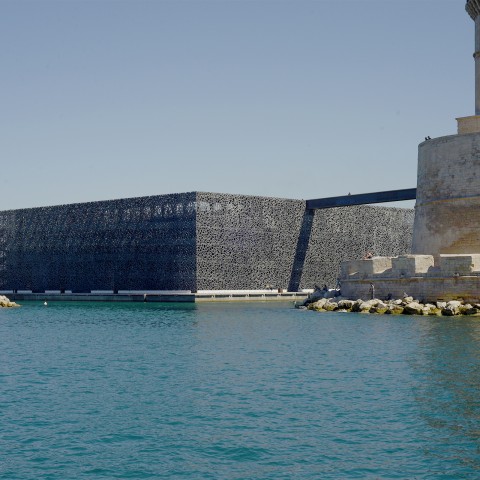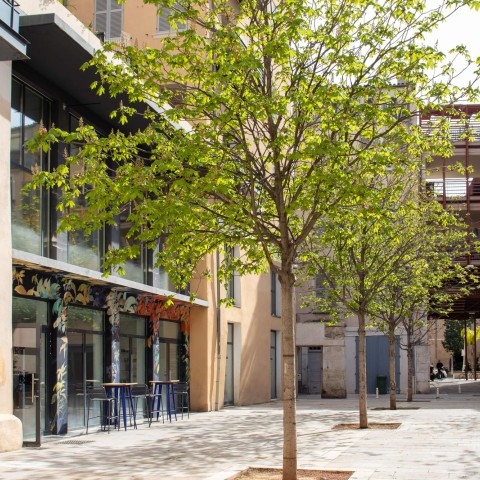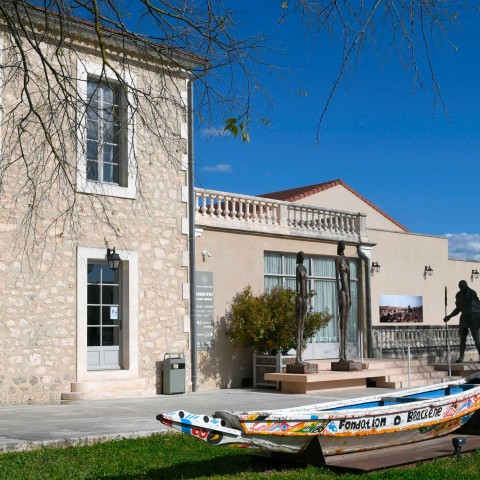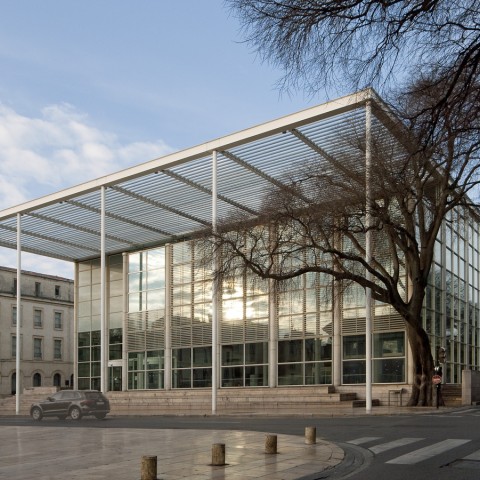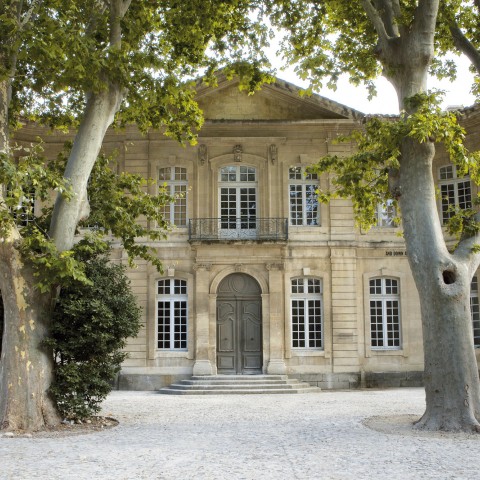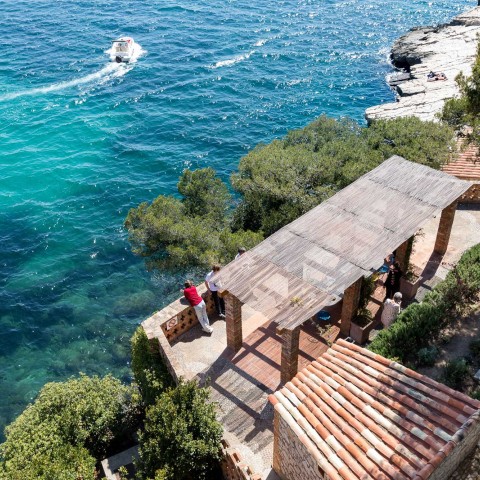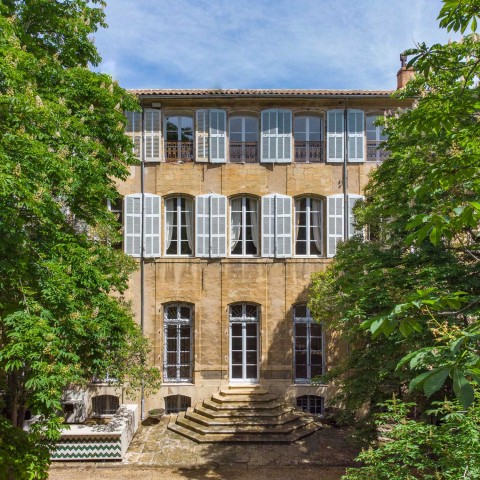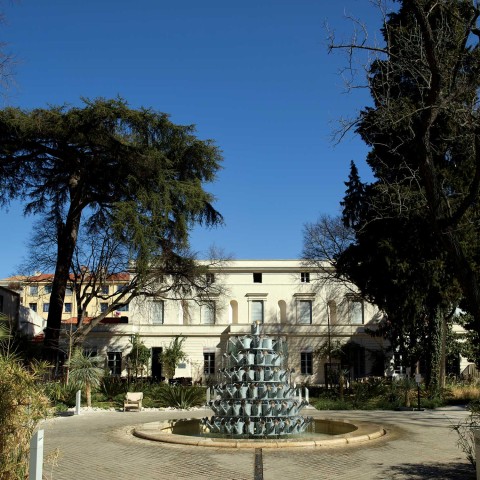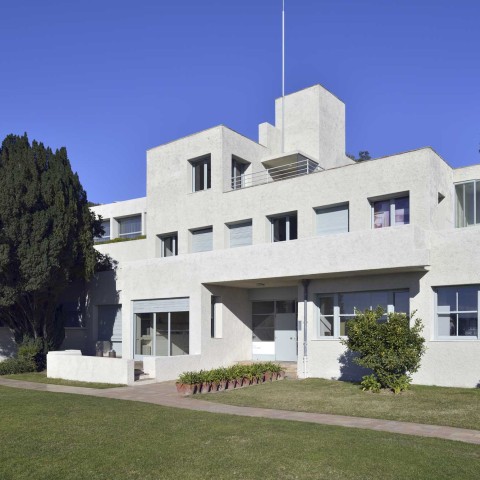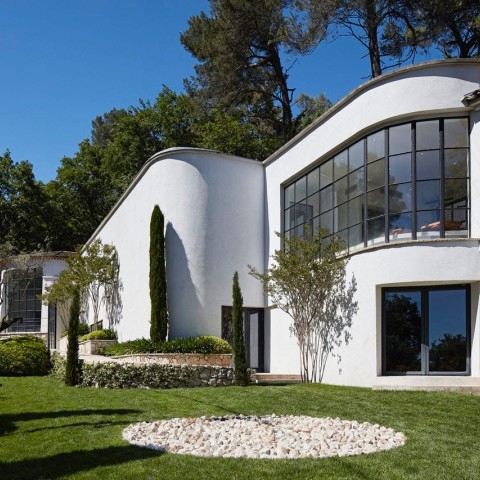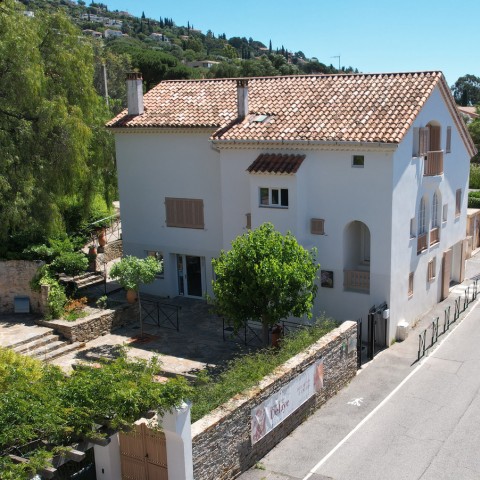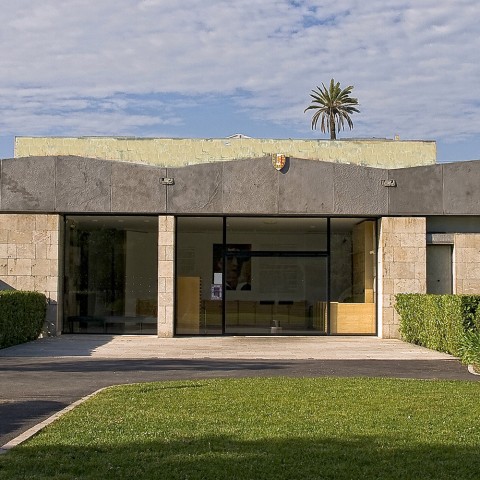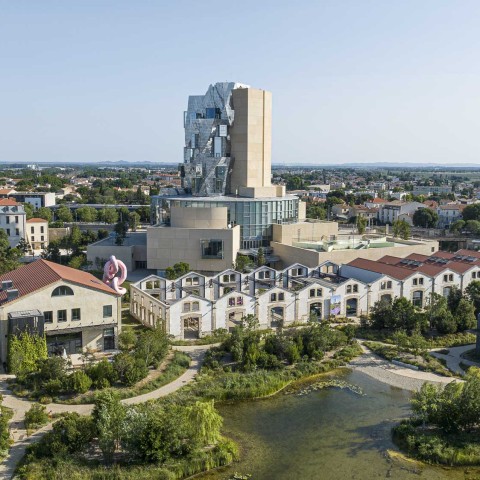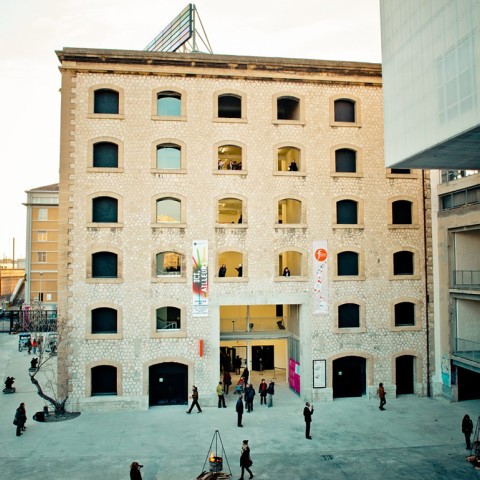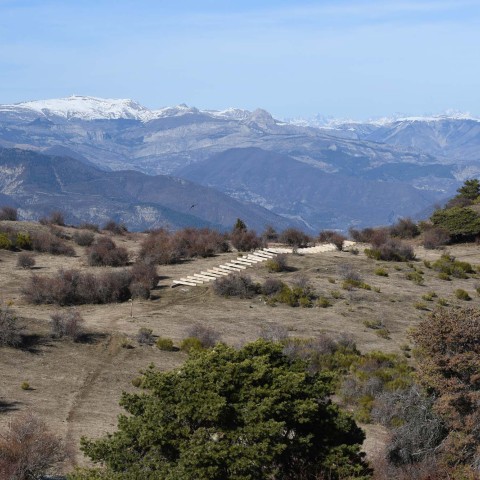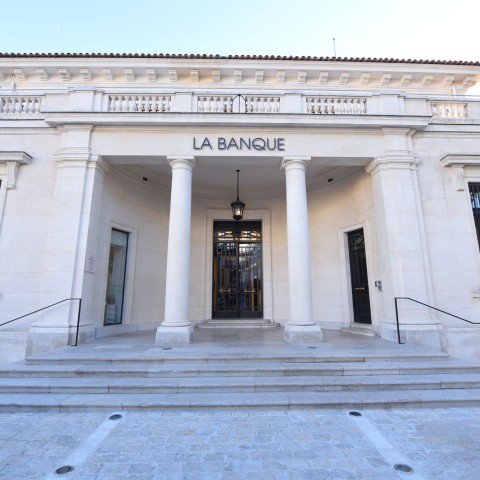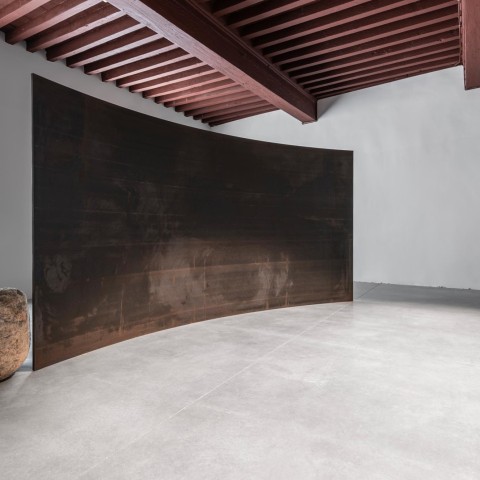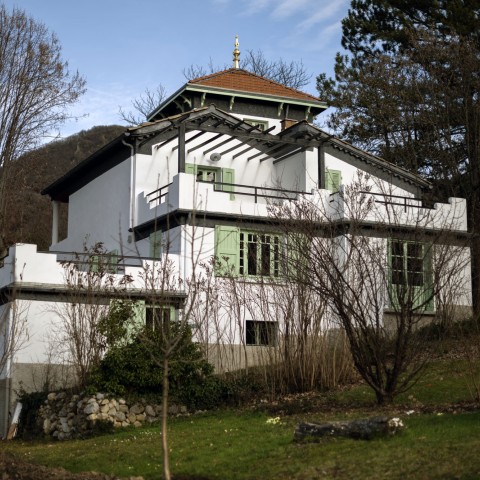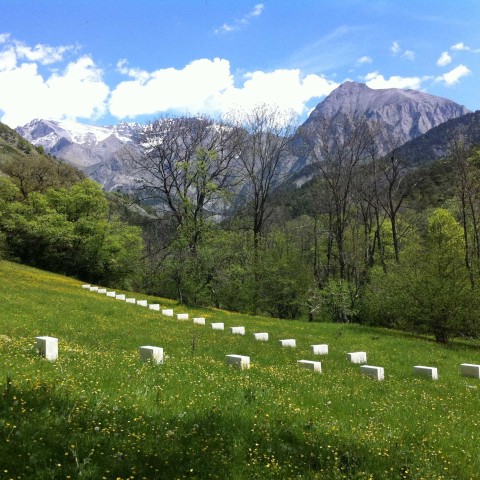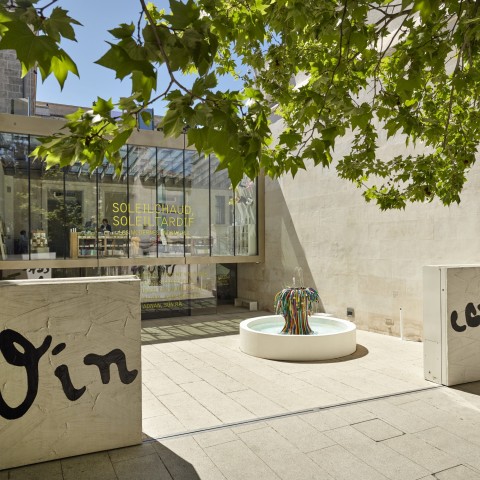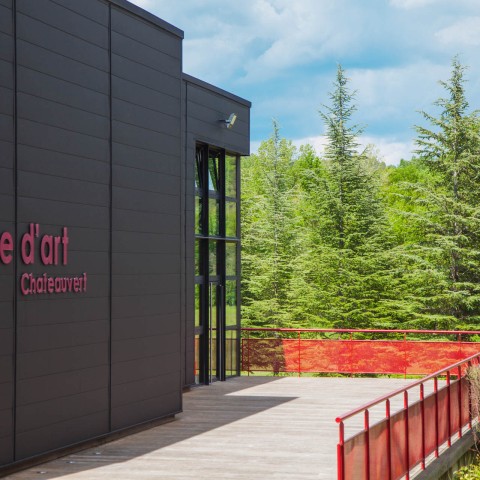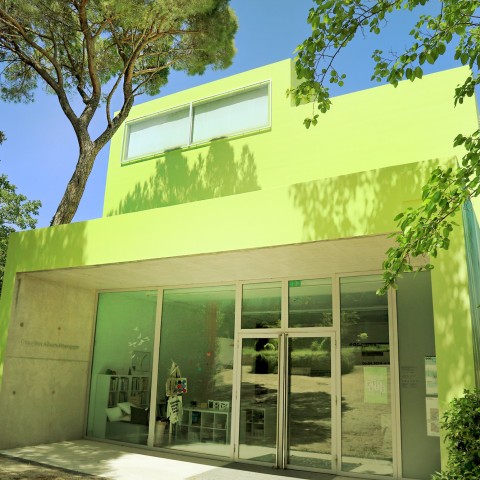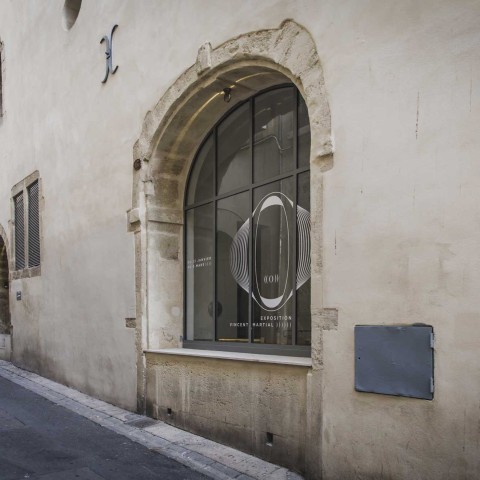Musée Matisse
The musée Matisse’s collection comprises works donated to the city by the artist and his heirs. Its presentation allows the public to fully experience the work of one of the greatest artists of the 20th century.
The musée Matisse’s collection comprises works donated to the city by the artist and his heirs. Its presentation allows the public to fully experience the work of one of the greatest artists of the 20th century.
Programme
Henri Matisse. Stations of the Cross – Drawing the Passion
Co-organized by the Musée Matisse Nice and the Baltimore Museum of Art, the exhibition sheds light on the Stations of the Cross created by Henri Matisse for the Chapel of the Rosary in Vence and retraces its genesis. While the chapel has been the subject of numerous publications, the Stations of the Cross has inspired only a handful of studies, despite being a monumental ceramic panel. Radically different from the chapel’s other decorations, as well as from Matisse’s pictorial production as a whole, this work stands out as unique—one for which the artist produced an exceptional number of sketches and preparatory studies.
The exhibition brings together three groups of drawings—held at the Musée Matisse in Nice, the Chapel of the Rosary, and in private collections—a total of 84 works, complemented by archival materials tracing the project’s evolution from the first ideas to its final realization.
Access
Musée Matisse
164, avenue des Arènes de Cimiez
06000 Nice
+33 (0)4 93 81 08 08
musee-matisse-nice.org
Museum open daily, except on Tuesdays:
From 10 am to 5 pm from November 1st to April 30th
From 10 am to 6 pm from May 2nd to October 31st
Ticket office closes 30 minutes before.
Closed on January 1st, Easter Sunday, May 1st and December 25th.
Locate other art venues in the vicinity on the map.
Discover our address book
PLACES TO DISCOVER
• Le musée d'archéologie de Nice/Cimiez : next to the Matisse museum and located on the archeological site of the Roman city of Cemenelum, where the remains are displayed.
• The monastery of Cimiez and its garden : don't hesitate to visit the Franciscan monastery, classified as a historical monument, to admire the works of the Nice primitive Louis Bréa. The garden, formerly the monks' orchard and vegetable garden, is now a bucolic setting where climbing roses bloom on ancient pergolas. A small terrace, adorned with a fountain and ponds, opens below and offers an exceptional view of the Paillon valley and, further on, the sea.
• The Cimiez cemetery: a short detour to the cemetery located behind the monastery will allow you to see the tomb of Henri Matisse, but also those of other painters like Raoul Dufy.
• The Cimiez district: take advantage of your visit to Cimiez to stroll through the streets around the museum. This residential area of Nice, part of the UNESCO World Heritage site, is of great architectural interest. It is home to luxurious Belle Époque residences, such as former palaces (e.g. the Régina, where Matisse's last studio was located) that have been converted into homes, or princely palaces of Moorish inspiration (the Alhambra).
• La chapelle du Rosaire à Vence: located 30 minutes by car from the museum, this total work of art entirely conceived by Henri Matisse is a must-see.
PLACES TO EAT
There are few offers in the Cimiez district. The easiest way is to go back down to the city center (direct with buses n°5 and n°33) and, why not, sit down at the terrace of one of the restaurants of the Cours Saleya, where Matisse used to come for lunch when he lived in the Caïs de Pierlas palace, located on the Place Charles-Félix.
PLACES TO DRINK
A refreshment stand is located in the garden of the Arena, in the shade of the olive trees.
PLACES TO STAY
• L'hôtel Beau Rivage : it is in this hotel located on the Promenade des Anglais that Henri Matisse stayed the first time he came to Nice, at the end of December 1917.

